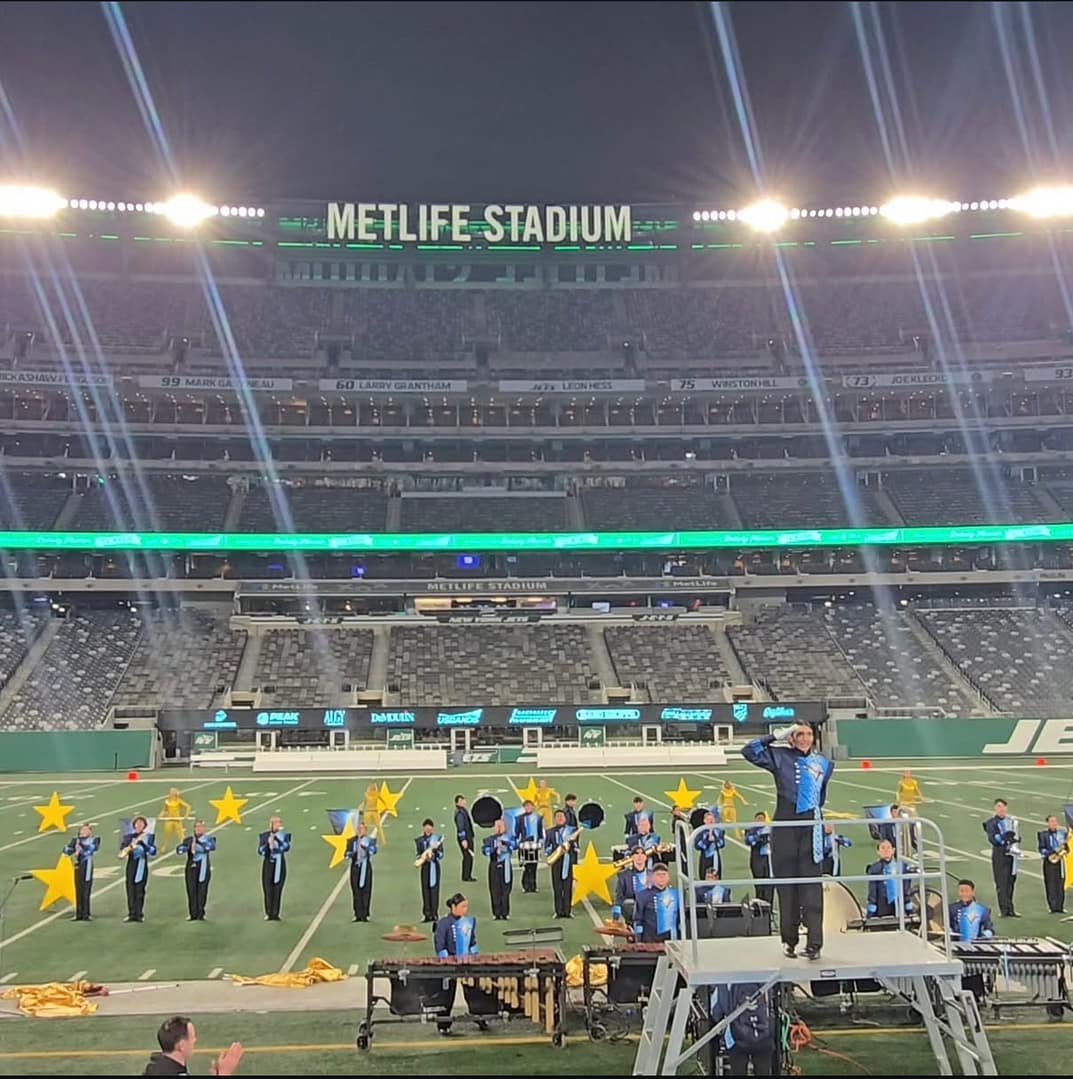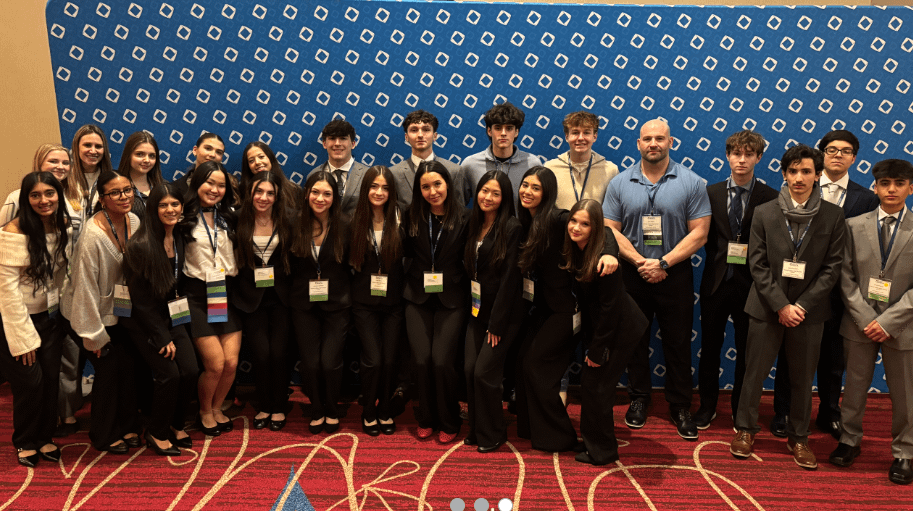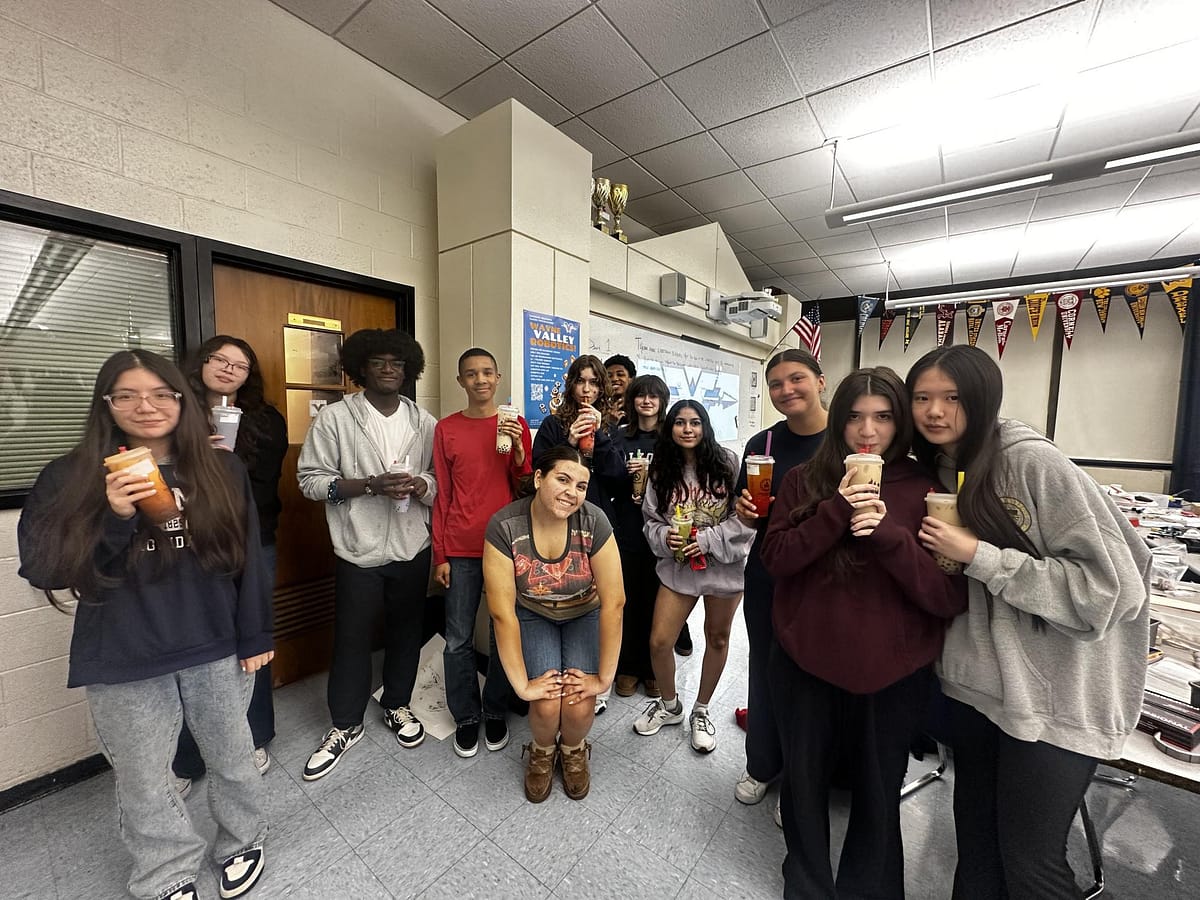A few months ago, our school organized an unforgettable trip to Italy that connected the classroom to real life. Over the course of a week, we visited some of Italy’s most iconic cities, including Rome, Florence, Siena, and Venice. Visiting the many historical sites allowed students to connect the classroom to real life and use the many skills we learn in school to navigate our way through the cities.
The trip kicked off in Rome, where the Vatican was the first beautiful building we encountered. The elegance of St. Peter’s Basilica and the Sistine Chapel was absolutely breathtaking.
On day two, we continued our visit by exploring the Colosseum, walking through the towering stone arches and standing in the arena where gladiators once fought, as we got a firsthand look at the epic scale of Roman engineering. Following that, we explored the nearby Roman Forum and wandered through several of Rome’s iconic piazzas, enjoying shopping and various foods.
Next stop was Siena, a charming Tuscan town known for the Piazza del Campo and the famous Palio horse race.
We toured the beautiful city, then continued on our way to Florence. The city was overflowing with art, history, and architecture that brought our lessons in literature and world history to life. Many of us were amazed by Michelangelo’s David, standing in the Galleria dell’Accademia. One of the most unforgettable sights was the larger than life Florence Cathedral.
After Florence, we traveled to Venice, a one-of-a-kind city built on water. Our first adventure there took us to the island of Murano, where we visited a glass factory and watched a live demonstration of traditional Venetian glass-blowing. The next day, we took a guided tour that explored its winding alleys, charming bridges, and beautiful piazzas, where we had the opportunity to shop and enjoy delicious food. Later, we had free time to shop, explore, and soak in the atmosphere of the island on our last day there, making the most of every moment in this magical city. While exploring each city, it was amazing to dive into the country’s authentic regional cuisines.
Each region has its unique dishes, and the flavors are out of this world! Italy’s culinary arts aren’t just about eating—they’re about understanding food on a deeper level, from its origins to the techniques that make it so special. What makes Italian food so unique is that it’s rooted in tradition. Each region has its own signature dishes based on local natural ingredients, and the focus is always on simplicity and quality. It’s all about using the best, freshest ingredients and making the most out of them, which we got to experience in each new location.
This trip was more than just a sightseeing experience for us; it was an educational journey that deepened our understanding of history, culture, art, language, and even food. Being able to experience the rich culture of Italy allowed us students to engage with subjects in a hands-on, meaningful way and connect the classroom to the real world, which benefits us far beyond academic enrichment. Students developed independence, adaptability, and a broader worldview. We learned to appreciate cultural differences, communicate across language barriers, and gain confidence in new and unfamiliar environments. The profound impact that this trip had on the many students who went makes it clear that the trip should continue to benefit many students in the future by opening doors that traditional classrooms can’t.








